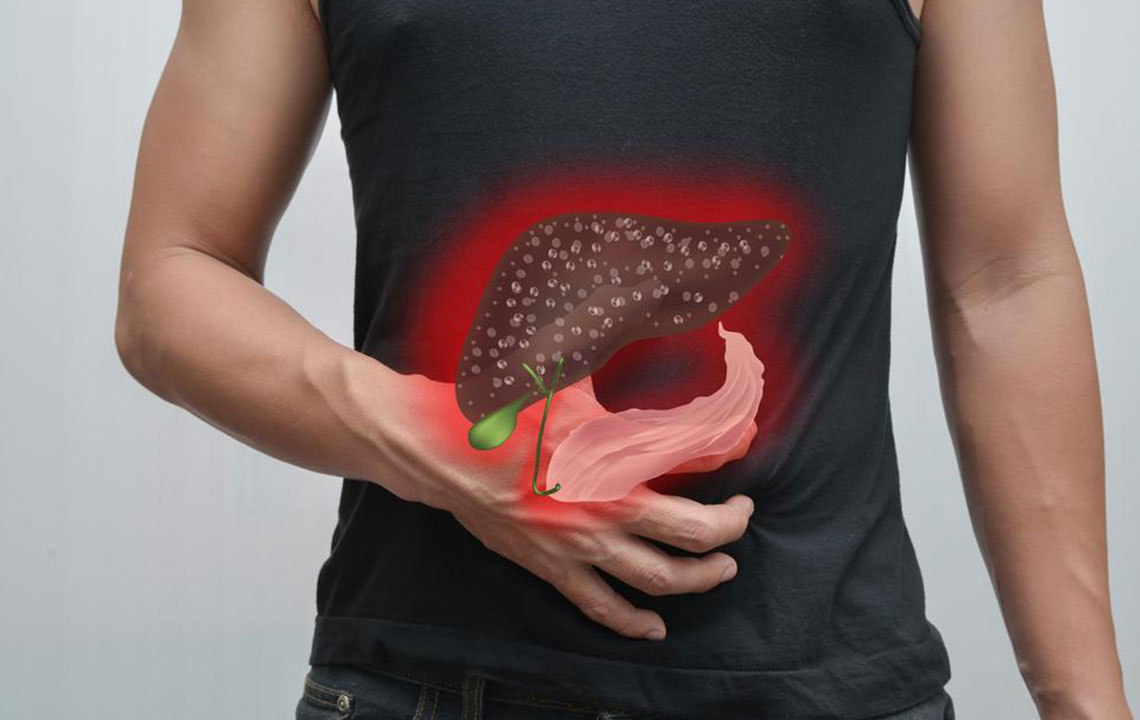Complete Guide to Hepatitis C: Causes, Symptoms, and Treatments
Hepatitis C is a liver-infecting virus often symptomless initially, but it can lead to serious chronic conditions like cirrhosis and liver cancer. Causes include blood contact, shared needles, and unsterilized procedures. Understanding genotypes and transmission routes helps in effective management, with many individuals requiring ongoing medical attention for liver health. Early detection and treatment are crucial to prevent long-term complications.

Complete Guide to Hepatitis C: Causes, Symptoms, and Treatments
What is Hepatitis C?
Hepatitis C is a viral disease that targets the liver, leading to inflammation and potential long-term damage. Often asymptomatic in its early phases, it can progress unnoticed. If left untreated, it may cause chronic liver conditions, including cirrhosis and liver cancer. The disease's progression varies, with some individuals experiencing mild effects while others develop severe health issues over time.
While some cases clear up on their own, many persist, becoming chronic infections. Chronic hepatitis C significantly raises health risks, with over 70% of infected individuals developing a long-lasting condition. About 15-20% of these may develop cirrhosis, and some could face liver cancer.
Types of Hepatitis C
Hepatitis C has six main genotypes, which influence treatment outcomes rather than disease severity. They include:
Genotype 1a
Genotype 1b
Genotypes 2a, 2b, 2c, 2d
Genotypes 3a, 3b, 3c, 3d, 3e, 3f
Genotypes 4a, 4b, 4c, 4d, 4e, 4f, 4g, 4h, 4i, 4j
Genotype 5a
Genotype 6a
Transmission of Hepatitis C
The virus spreads via contact with infected blood and bodily fluids. Common routes include:
Sharing needles during drug use
Unprotected sexual contact
Sharing personal items like razors or toothbrushes
Getting tattoos or piercings with unsterilized equipment
Symptoms and Signs
Most infections at early stages are symptomless, with over 80% experiencing no signs initially. When symptoms do appear, they may include fatigue, fever, loss of appetite, nausea, abdominal pain, jaundice, and joint discomfort. Symptoms can develop years after infection, and chronic cases tend to be more severe and persistent.


